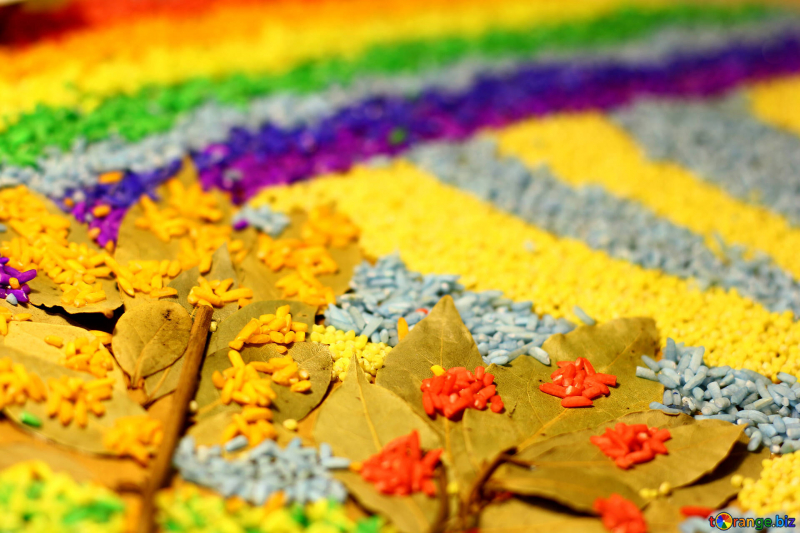Eco-friendly aspect of Rangoli lies in the choice of materials
One eco-friendly aspect of Rangoli lies in the choice of materials. Many Rangoli designs utilize natural substances such as flower petals, rice grains, and leaves. These materials are biodegradable and easily decompose, leaving minimal environmental impact. In some cases, artists use colored powders made from organic sources like spices, adding to their eco-friendly appeal.
Additionally, Rangoli promotes a culture of recycling and repurposing. Some designs incorporate recycled materials like crushed eggshells, used tea leaves, or even discarded bangles, turning waste into artistic beauty. This not only reduces waste but also encourages creative recycling.
The temporary nature of Rangoli is another eco-friendly aspect. These intricate designs are often created on the ground, where wind and rain naturally erase them over time. This impermanence reflects the transient nature of life and art, emphasizing the importance of cherishing the present moment.
Rangoli, as an eco-friendly artistic expression, harmonizes with nature and highlights the significance of sustainable practices in artistic traditions. It serves as a reminder that art and environmental responsibility can coexist, fostering a deeper appreciation for both the natural world and the cultural heritage it inspires.











